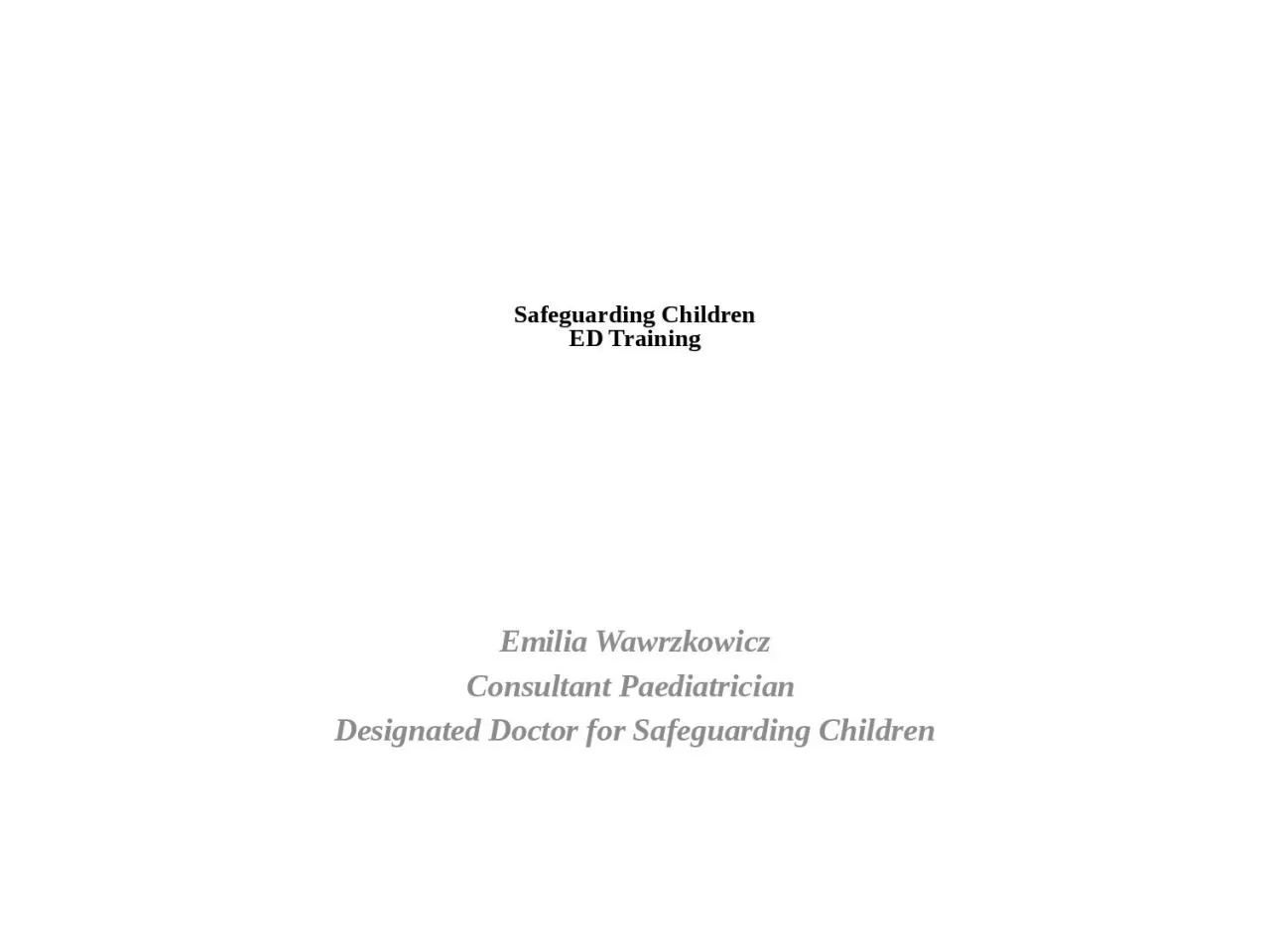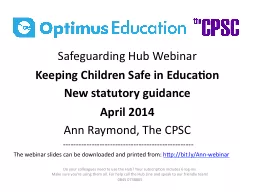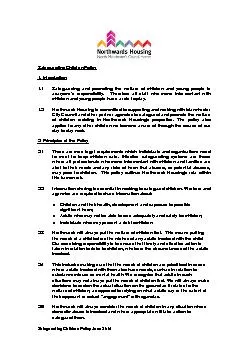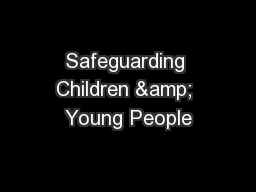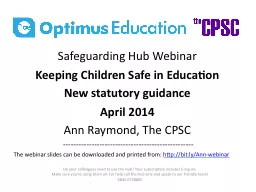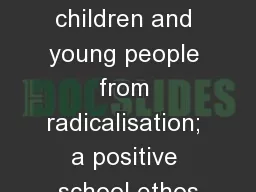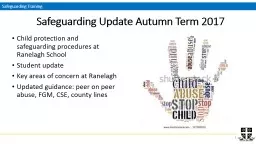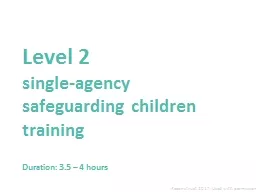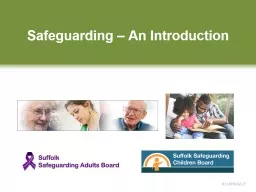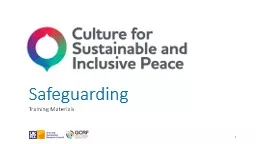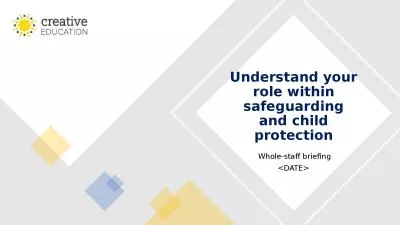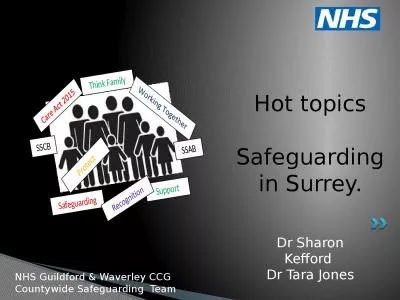PPT-Safeguarding Children ED Training
Author : audrey | Published Date : 2022-06-01
Emilia Wawrzkowicz Consultant Paediatrician Designated Doctor for Safeguarding Children Safeguarding in ED All staff are aware of and follow the recommendations
Presentation Embed Code
Download Presentation
Download Presentation The PPT/PDF document "Safeguarding Children ED Training" is the property of its rightful owner. Permission is granted to download and print the materials on this website for personal, non-commercial use only, and to display it on your personal computer provided you do not modify the materials and that you retain all copyright notices contained in the materials. By downloading content from our website, you accept the terms of this agreement.
Safeguarding Children ED Training: Transcript
Download Rules Of Document
"Safeguarding Children ED Training"The content belongs to its owner. You may download and print it for personal use, without modification, and keep all copyright notices. By downloading, you agree to these terms.
Related Documents

